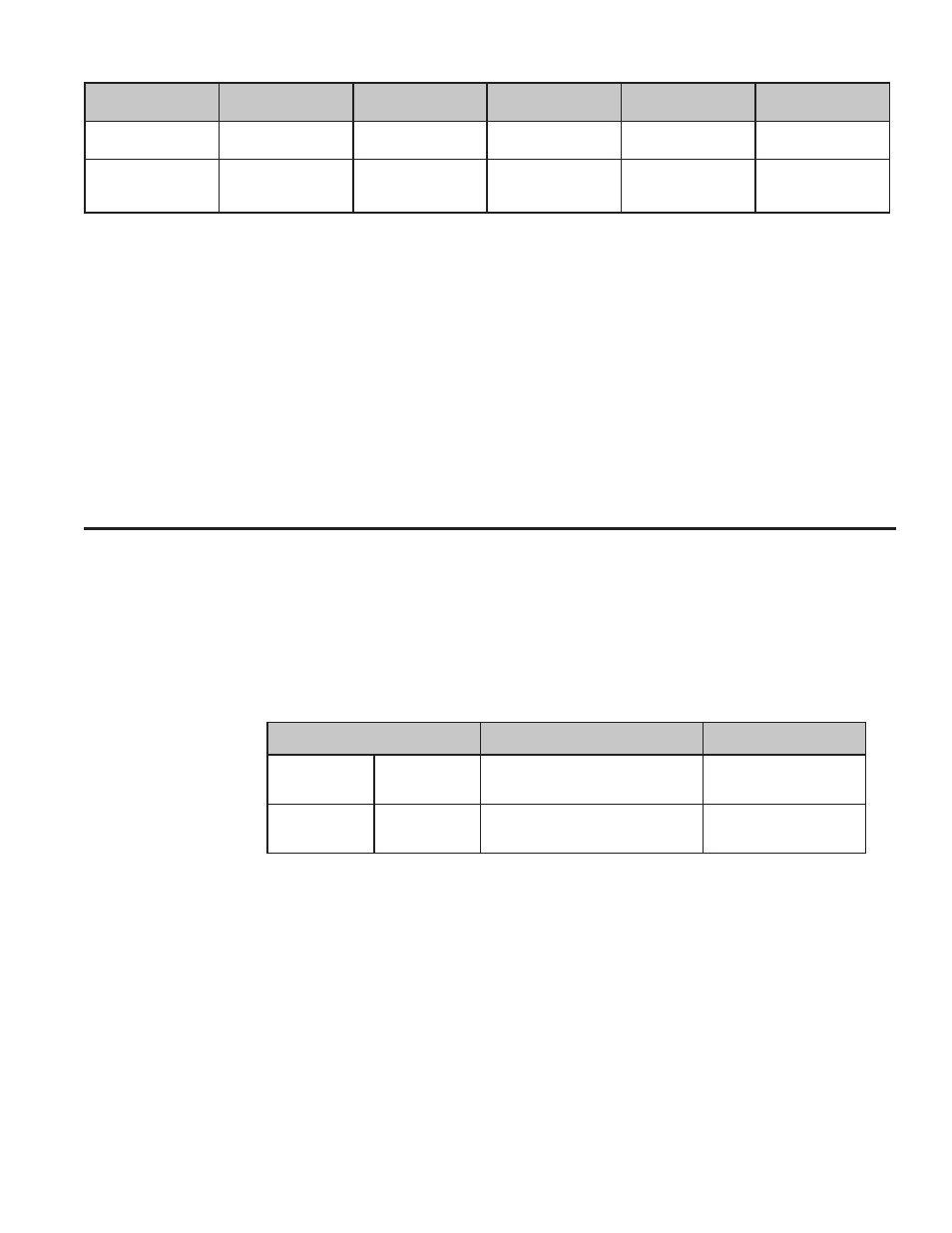Fastener/anchor, Damper maintenance – Greenheck HBS Series (474916) User Manual
Page 5

General notes
1. It shall be the responsibility of the permit holder to verify the structural integrity of the existing structure to support the
loads superimposed by the dampers.
2. Concrete to be a minimum of 7 in. thick (normal weight) with a compressive strength of 4,000 psi or better.
3. Anchor mounting plates must be 1/4 in. thick with yield strength of 30,000 psi minimum.
Mounting Substrate
Description
Quantity
Minimum Embed
Minimum Edge
Distance
Minimum Spacing
Concrete/masonry
3/8 in. diameter HILTI
HUS-EZ (or equal)
Varies
3 1/4 in.
4 1/4 in.
7 in.
Ductwork
3/8 in. nominal
diameter Grade 8 bolt
with nut
Varies
N/A
N/A
N/A
Fastener/Anchor
Damper Maintenance
Greenheck's dampers are designed to be trouble free and hassle free under normal operation. Dampers are to be
installed square and straight so as to prevent binding during operation. The following annual damper maintenance
suggestions will help to insure proper damper operation and increase the life expectancy of the damper.
Foreign Matter Over the course of time, dirt and grime may collect on damper surfaces. The damper surfaces should
be cleaned to prevent hindrance to airflow.
Moving Parts
Make sure that parts such as linkage, bearings, blades, etc. that are intended to move freely, can do
so. Lubricating these components can prevent possible rusting and unnecessary friction increase. Use
only a molybdenum spray oil or similar graphite based oil on sleeve bearings as regular lubricating oil
will attract dirt.
Bearings.
Synthetic, oil impregnated, carbon sleeve, and ball bearings (without grease fittings) do not
require lubrication. Ball bearings with grease fittings should be lubricated as follows:
Maximum Duct Temperature
Lubricant
Minimum Frequency
250° F
121° C
NLG1 Grade 2 lithium
12-hydrostearate grease
twice a year
600° F
316° C
Hi temperature synthetic,
Mobillith SHC100 or equal
four times a year
Closure
Remove foreign materials that may be interfering with blade closure or effective sealing of the blades
with each other or with the frame.
Blade Seals. Inspect yearly and replace as necessary.
Axle Seals. Inspect and adjust as necessary.
Operation
While operating the damper through its full cycle, check to see that the blades open and close
properly. If there is a problem, check for loose linkage. Tighten the linkage where required.
5
